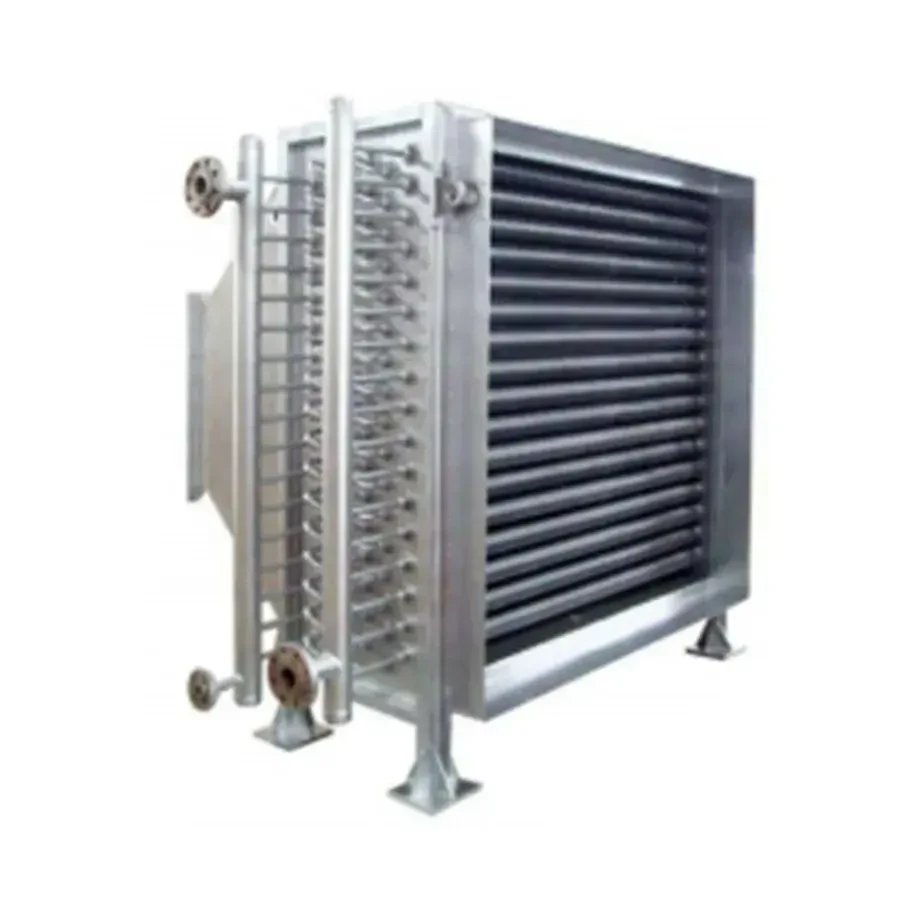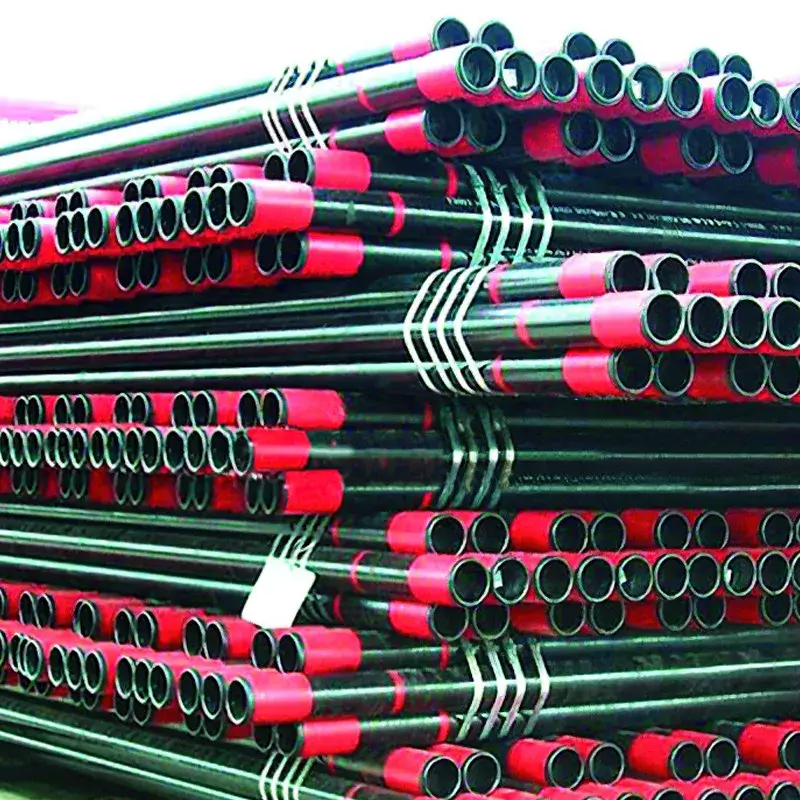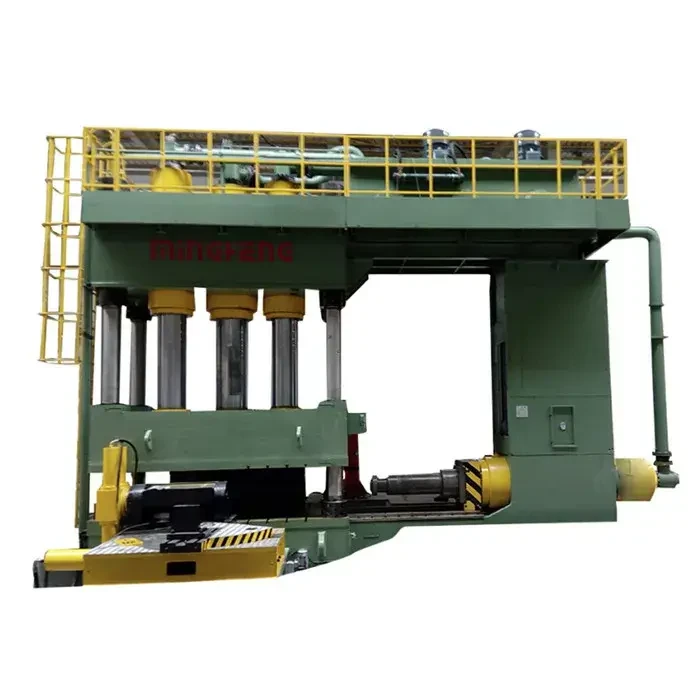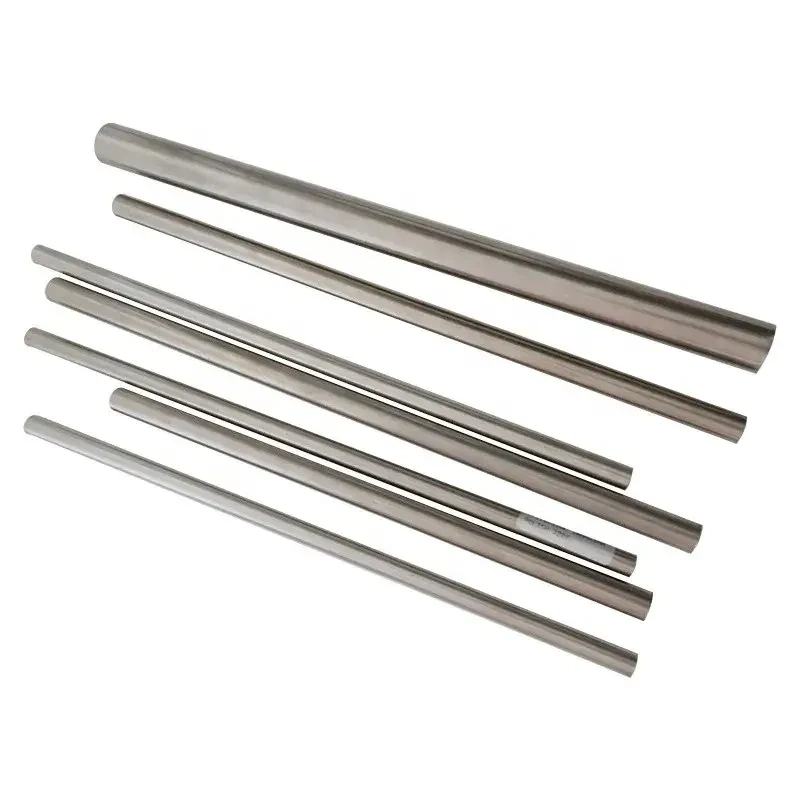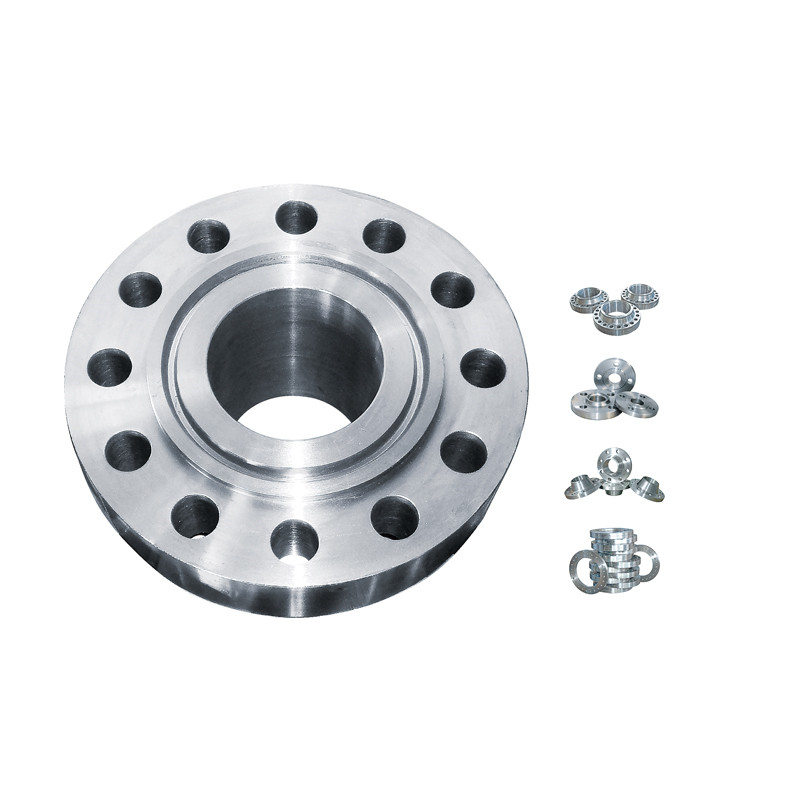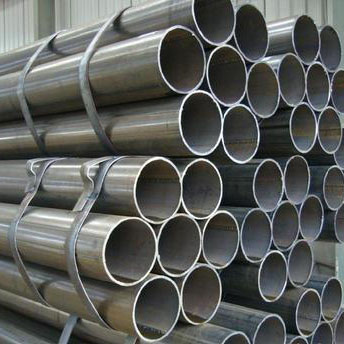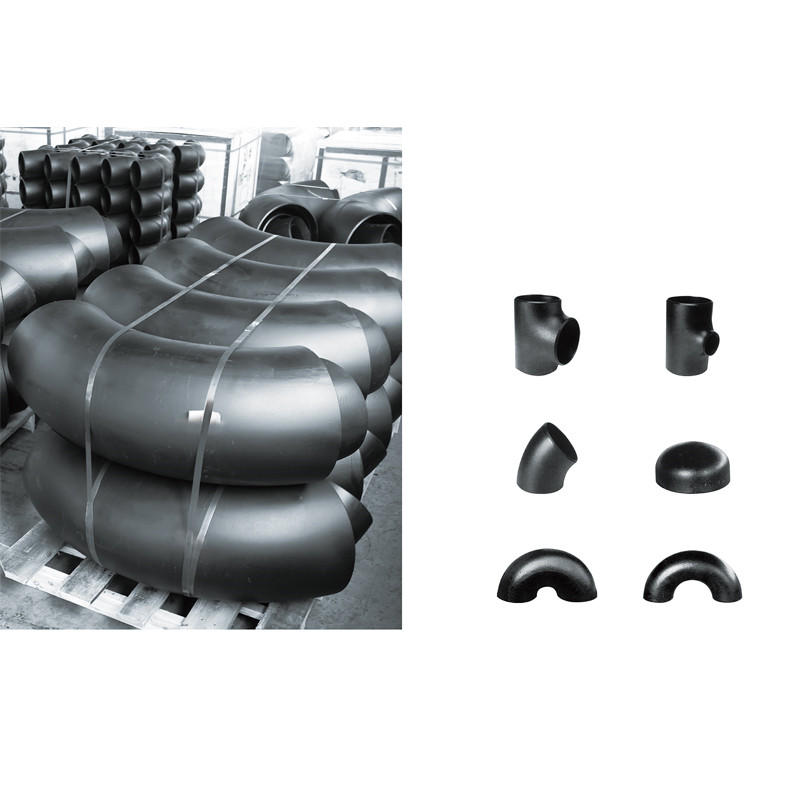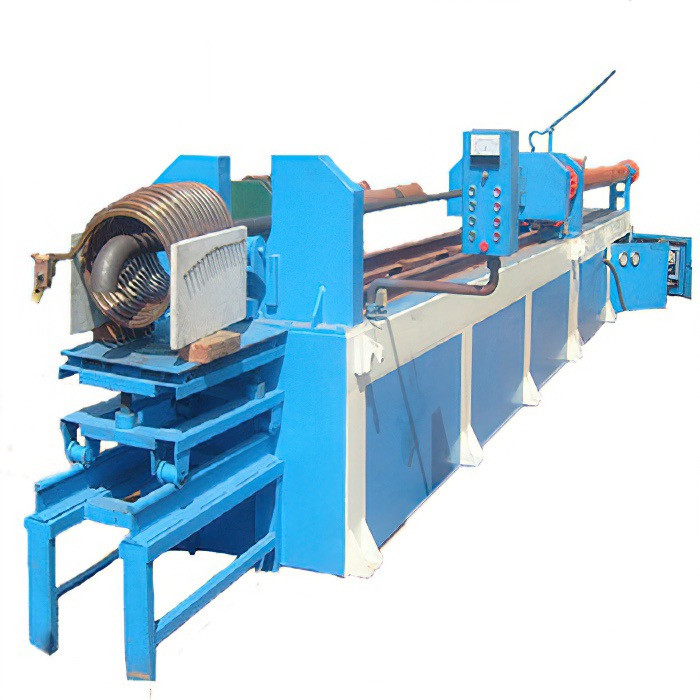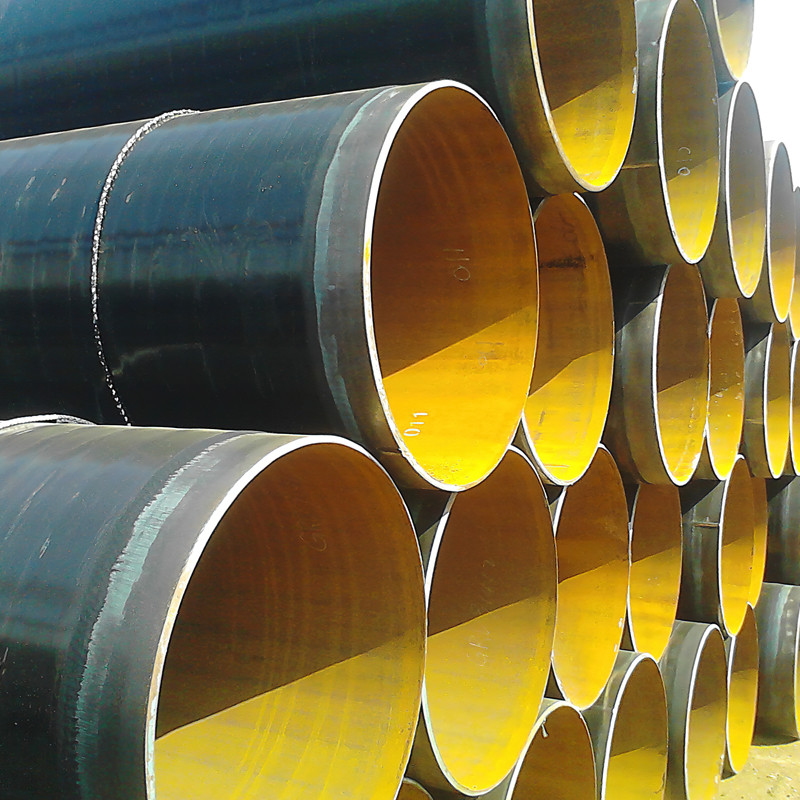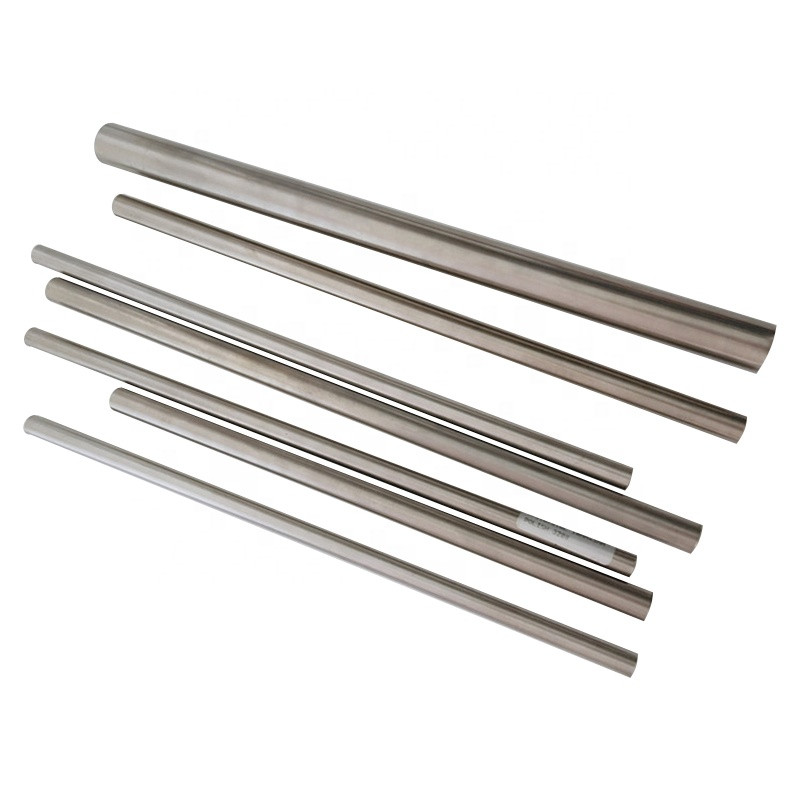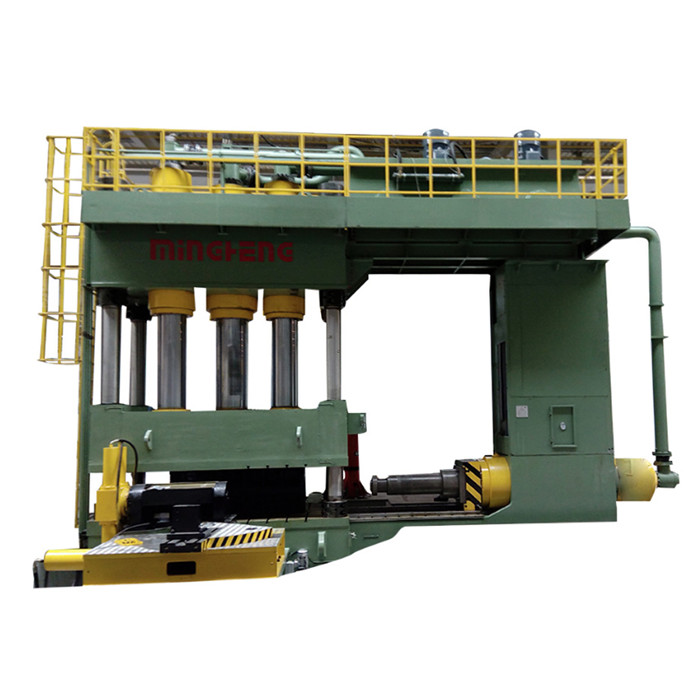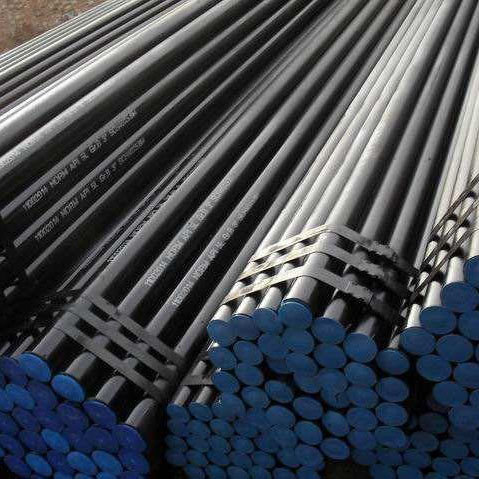A dependable pipa pemadam kebakaran is the cornerstone of any fire protection system, ensuring rapid response and consistent water delivery during emergencies.
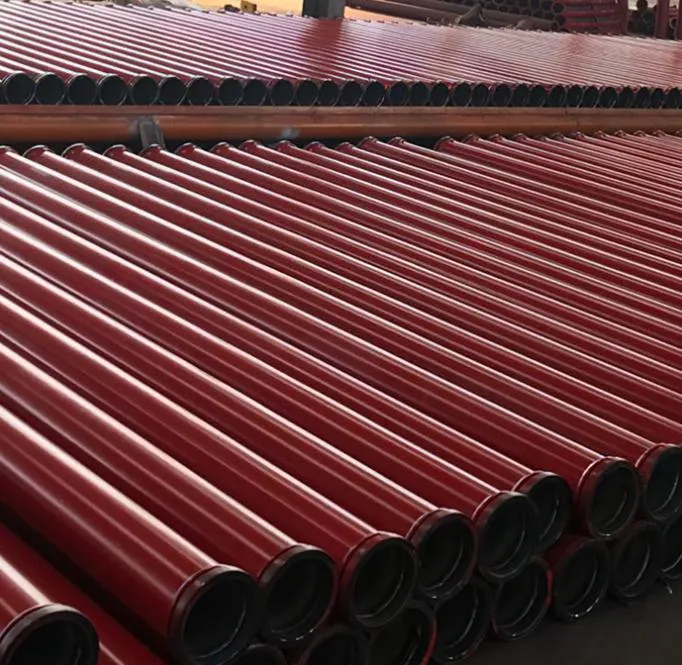
The Advantages of the Galvanized Outer Layer of Firefighting Pipe
When it comes to reliability and longevity, the galvanized outer layer of a pipa pemadam kebakaran offers unbeatable advantages. Galvanization adds a durable zinc coating to the steel surface, creating a strong barrier that resists corrosion, rust, and mechanical wear. This treatment dramatically extends the service life of the pipa pemadam kebakaran, especially in environments where moisture, humidity, or temperature fluctuations are common.
Moreover, the galvanized coating enhances the pipe's ability to withstand the high-pressure water surges typical in firefighting operations. A strong and intact outer layer ensures that the internal water flow remains unobstructed by rust flakes or corrosion buildup over time.
Additionally, the galvanized surface reduces maintenance requirements, providing cost savings over the lifetime of the installation. For industries and buildings where fire protection systems must remain operational for decades, investing in a galvanized pipa gi untuk pemadam kebakaran guarantees not only better performance but also lower long-term maintenance costs. It’s a smart choice for projects demanding robust, trustworthy protection.
Understanding the Dry and Wet Piping Systems of Firefighting Pipe
In modern fire protection, pipa pemadam kebakaran systems are divided into two main categories: dry and wet piping systems. Each has unique characteristics and is designed for specific applications.
Wet piping systems are the most common. In these systems, the pipa pemadam kebakaran is constantly filled with water, ready to release at the activation of a sprinkler head. This type ensures immediate response, ideal for heated buildings where the risk of pipe freezing is minimal. Thanks to their simplicity and fast reaction, wet systems also come with a relatively lower fire fighting pipe price, making them attractive for commercial and residential installations.
Dry piping systems, on the other hand, are filled with pressurized air or nitrogen. Water is only released into the pipa pemadam kebakaran when a fire is detected. This design prevents water from freezing in colder environments, such as unheated warehouses or parking garages. Choosing a galvanized pipa gi untuk pemadam kebakaran in a dry system offers extra protection against internal corrosion, ensuring reliable performance even under challenging conditions.
Understanding the operating environment is crucial for selecting between dry and wet piping systems, and the right choice dramatically improves system readiness and reliability.
Water Flow and Water Pressure Requirements of Firefighting Pipe
An efficient pipa pemadam kebakaran system depends heavily on meeting specific water flow and pressure requirements to effectively combat fires. Typically, the system must deliver a sufficient volume of water at a pressure high enough to reach the source of the fire, regardless of the building's height or the fire's intensity.
Industry standards require that a fire sprinkler system supply water at a minimum pressure of 7 psi at the sprinkler head, although high-rise buildings or critical facilities may require pressures well above 100 psi. The inner diameter, wall thickness, and material strength of the pipa pemadam kebakaran are key factors that determine how much pressure the system can withstand without leaking or rupturing.
Memilih yang tepat pipa gi untuk pemadam kebakaran ensures that the pipe can handle both static and surge pressures during operation. Furthermore, a properly selected and installed pipa pemadam kebakaran minimizes friction loss, ensuring a high water flow rate essential for effective fire suppression.
System designers often perform hydraulic calculations to ensure that the installed network of pipa pemadam kebakaran can meet these demanding standards under real-world conditions. Using quality piping material helps maintain system integrity over years of standby readiness.
Why Fire Fighting Pipe Price and Quality Should Both Matter
When evaluating a fire fighting pipe price, it is essential to consider not only the upfront cost but also the overall value it brings to the fire protection system. Low-cost materials may seem attractive initially, but they often result in higher long-term expenses due to corrosion, maintenance needs, and premature failures.
Premium-grade pipa pemadam kebakaran with a galvanized outer layer and certified pressure ratings ensures years of trouble-free performance. High-quality pipa gi untuk pemadam kebakaran products have undergone rigorous testing for burst strength, coating adhesion, and dimensional consistency, which translates into reliable system performance when it matters most.
Leading suppliers also offer complete technical documentation and third-party certifications, ensuring that their pipa pemadam kebakaran meets international standards such as ASTM, UL, FM, and ISO. Working with reputable manufacturers not only secures better products but also provides peace of mind knowing the fire protection system will function perfectly under emergency conditions.
In today’s market, the smartest investment is choosing a balance between reasonable fire fighting pipe price and unmatched quality assurance for total system dependability.
Firefighting Pipe FAQs
Why is the galvanized outer layer important for firefighting pipes?
The galvanized coating on a pipa pemadam kebakaran provides exceptional protection against corrosion, moisture, and mechanical damage, significantly extending the pipe’s service life and maintaining system integrity.
What is the main difference between dry and wet piping systems?
Wet systems keep the pipa pemadam kebakaran filled with water for immediate discharge, while dry systems are filled with air and only introduce water upon activation, making them suitable for freezing environments.
How is water flow and pressure maintained in firefighting pipes?
By selecting the appropriate pipa gi untuk pemadam kebakaran, system designers ensure minimal friction loss, adequate pressure ratings, and consistent water delivery, crucial for effective firefighting operations.
How do I balance quality and price when choosing firefighting pipes?
Look for a balance where the fire fighting pipe price reflects strong certifications, proven durability, and excellent corrosion resistance, ensuring long-term reliability over cheap alternatives.
Why should I prefer gi pipes for fire fighting applications?
Gi pipe for fire fighting offers superior resistance to corrosion, higher pressure tolerance, and longer operational lifespan compared to non-galvanized options, making it ideal for critical safety systems.
Post time: Jul . 02, 2025 11:54


